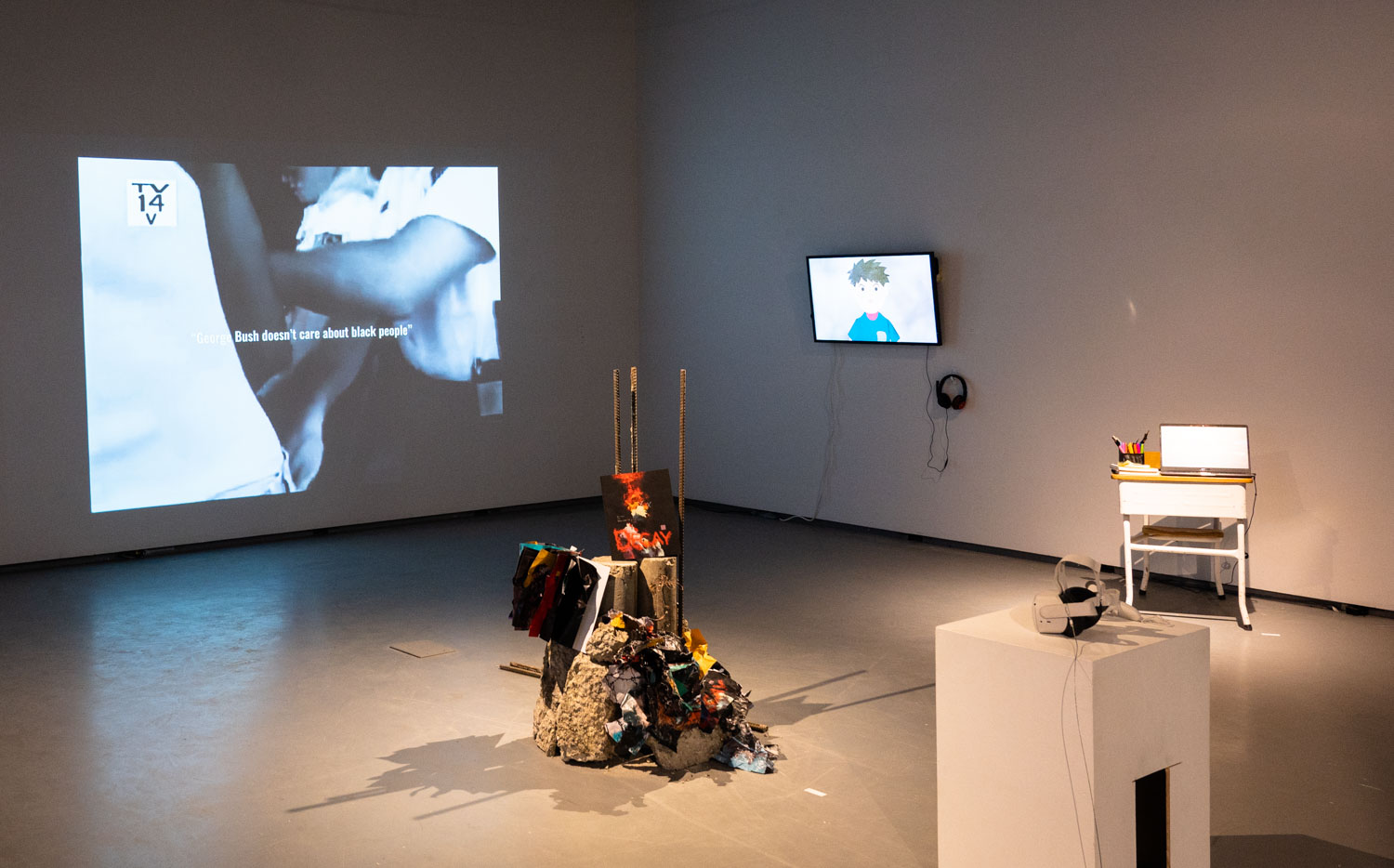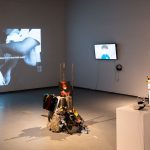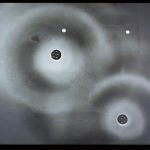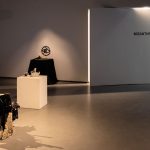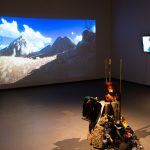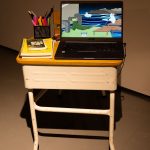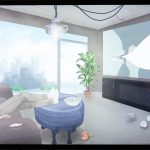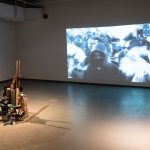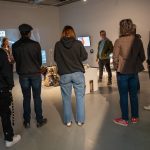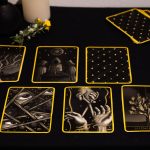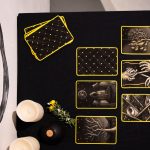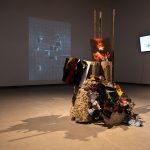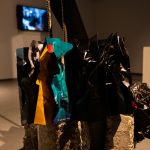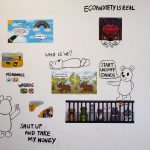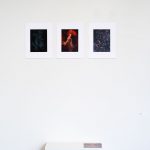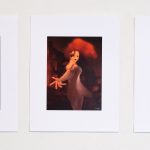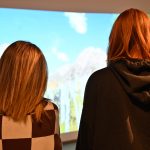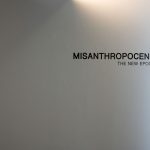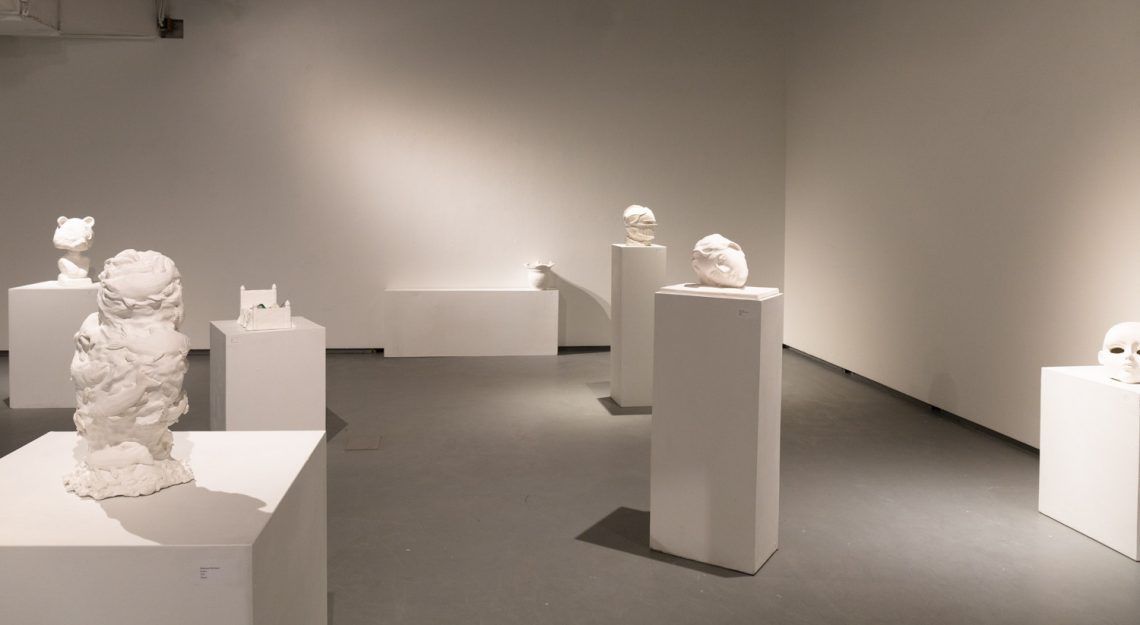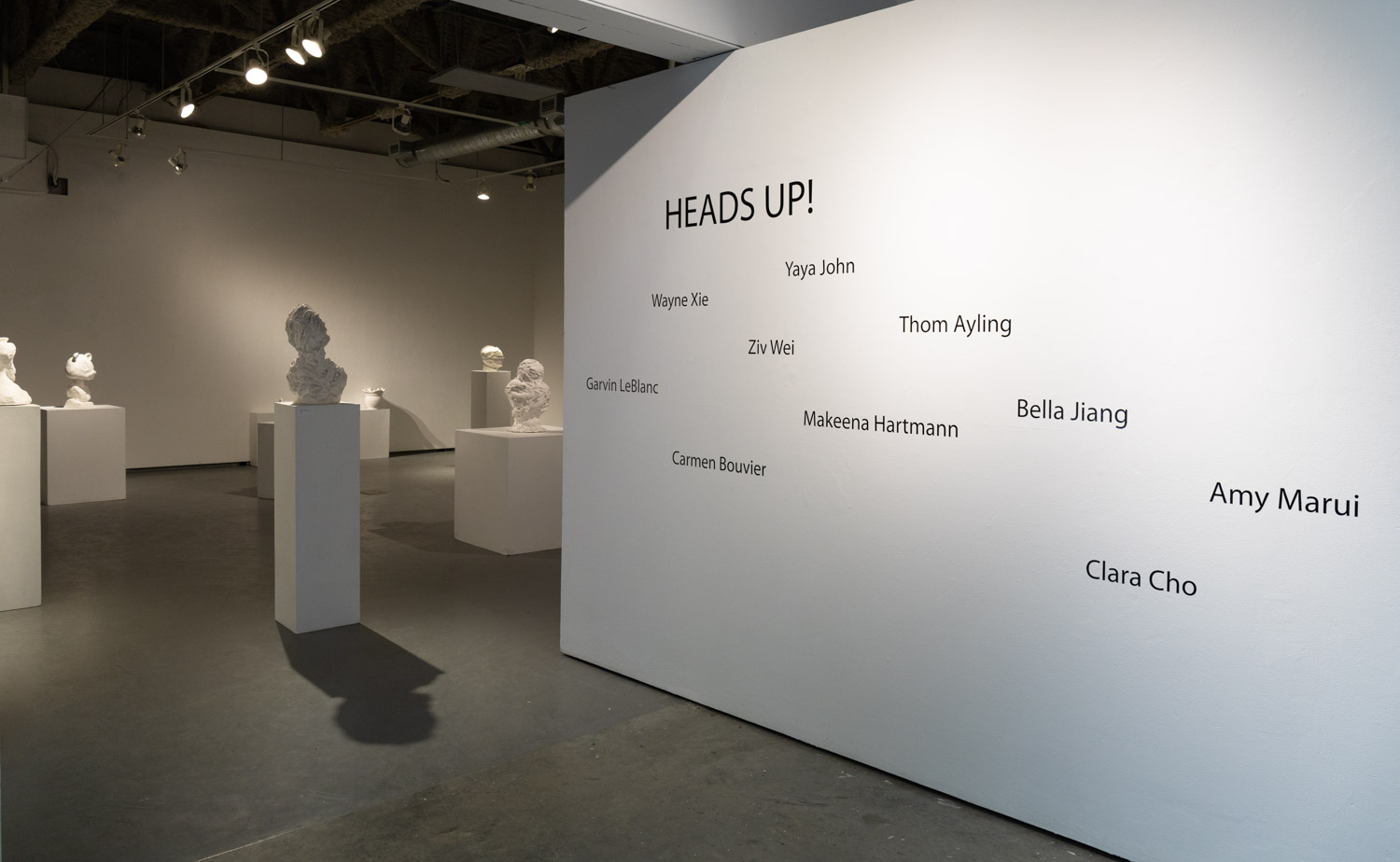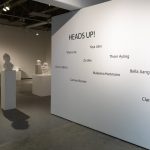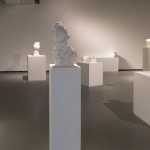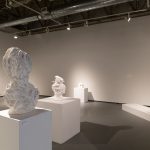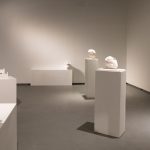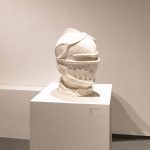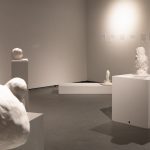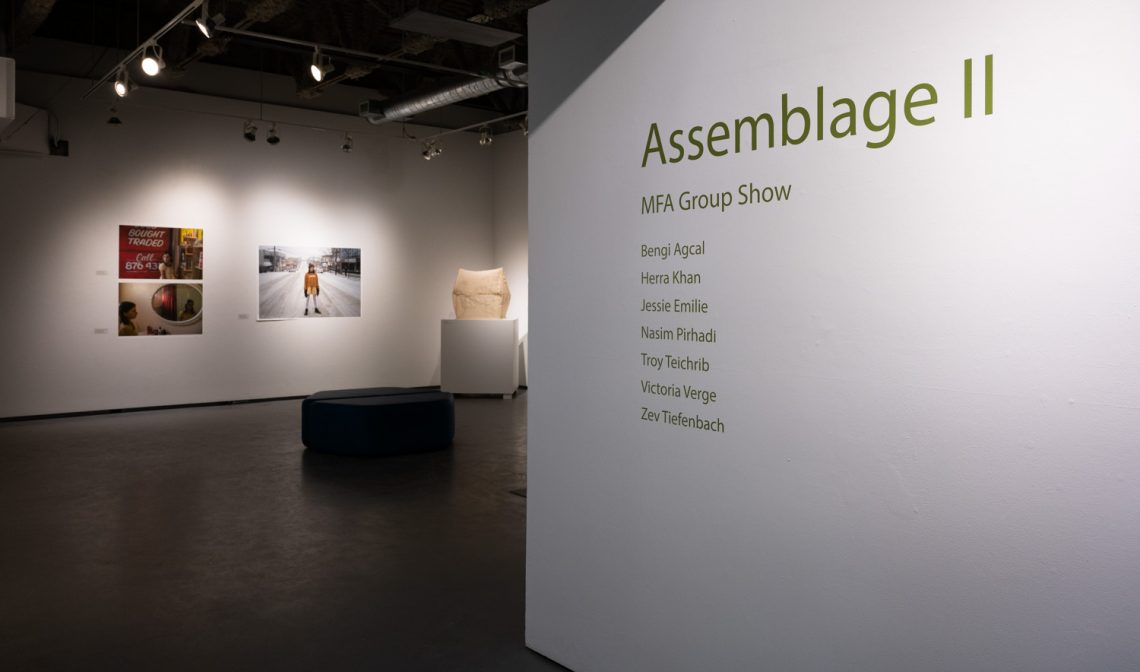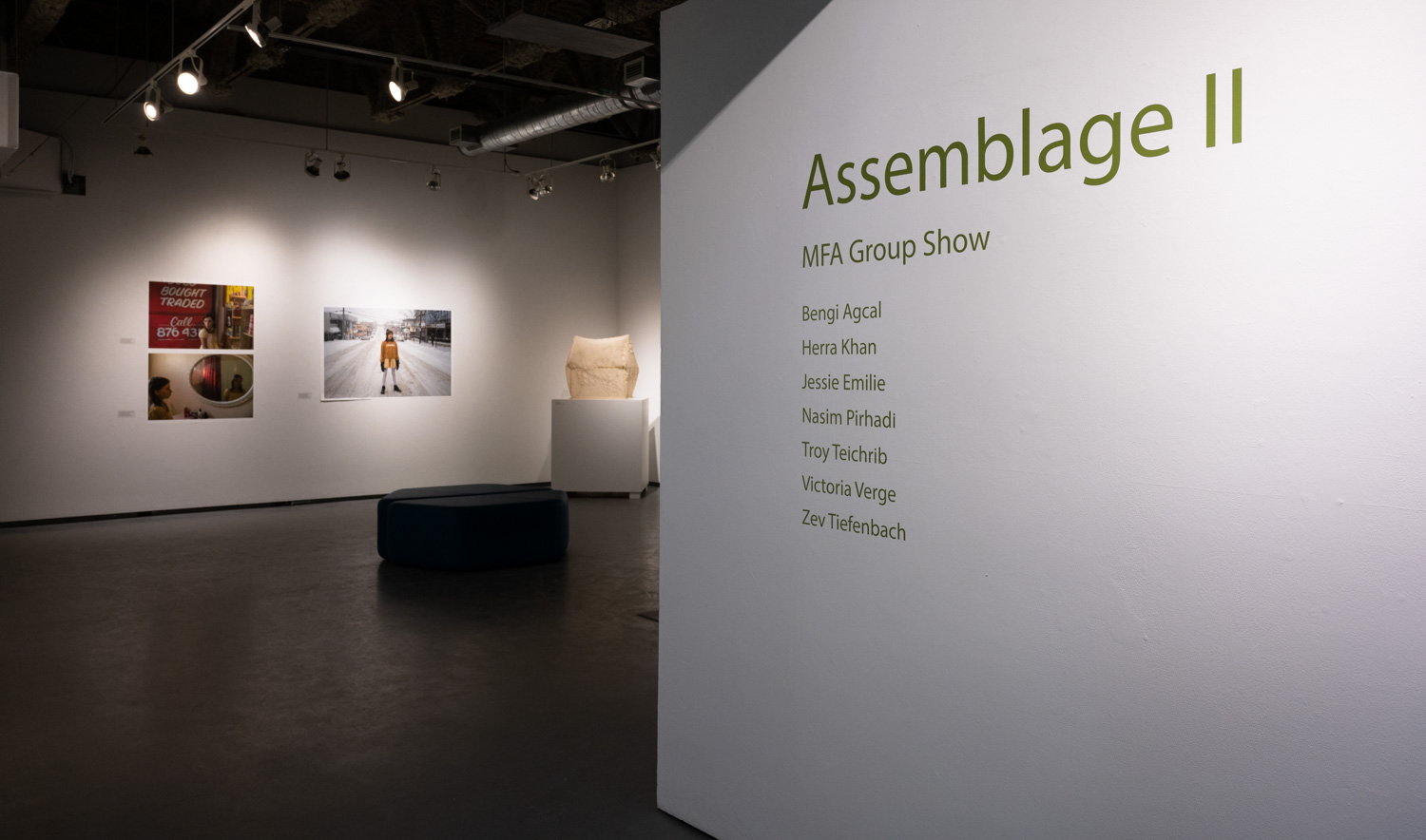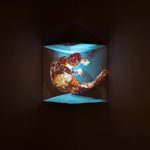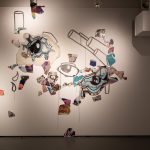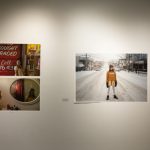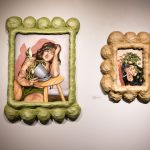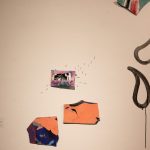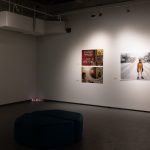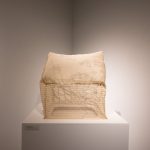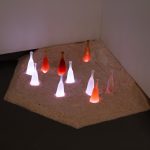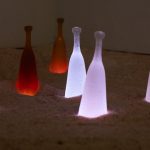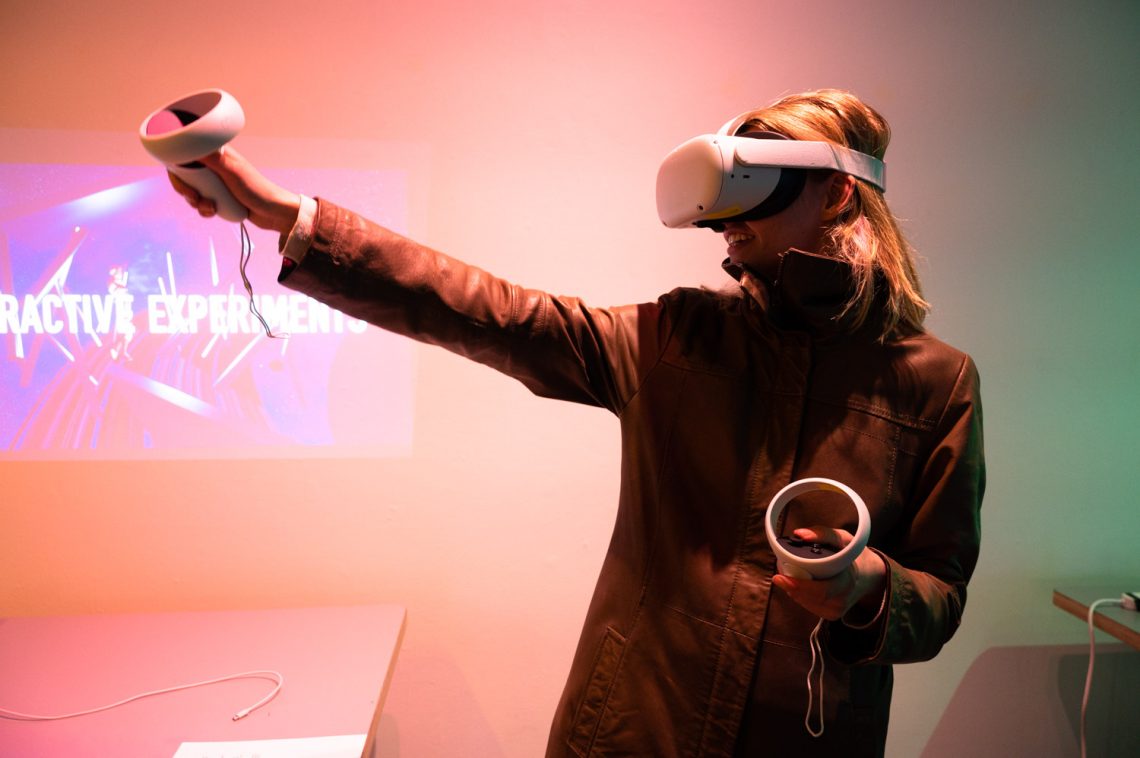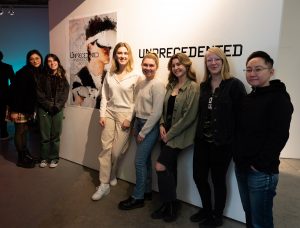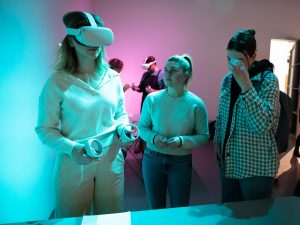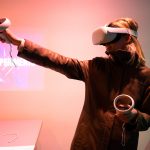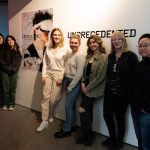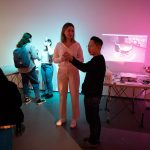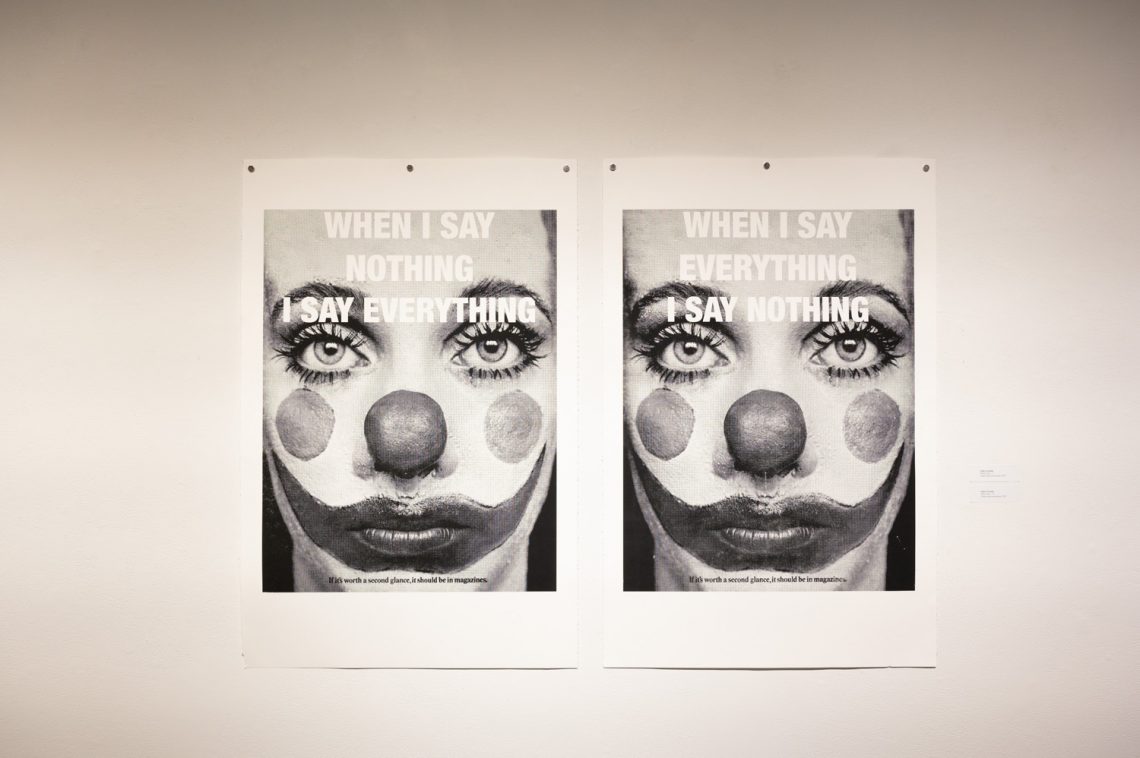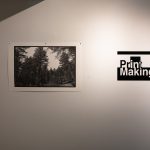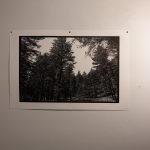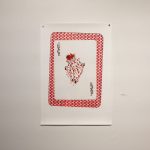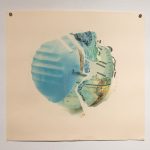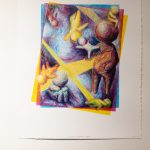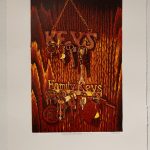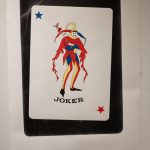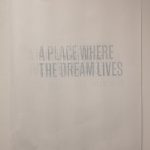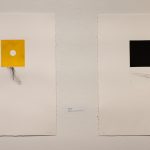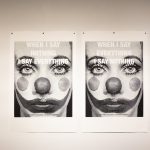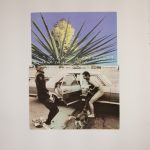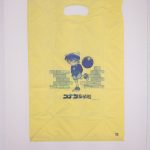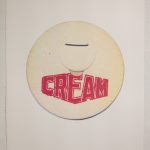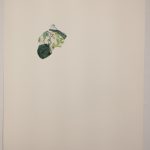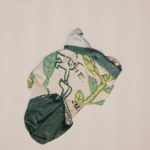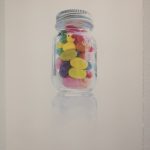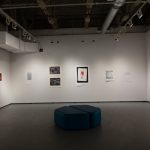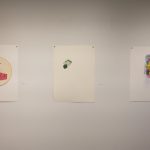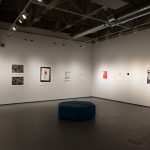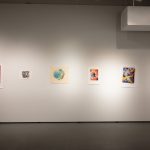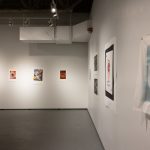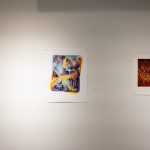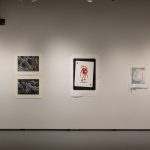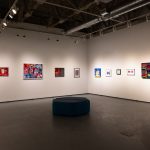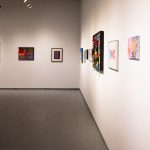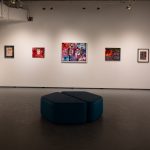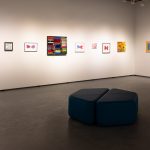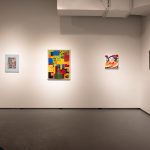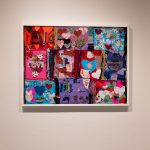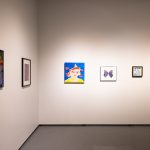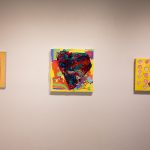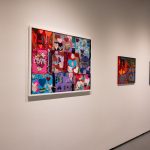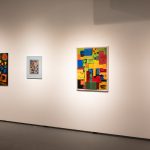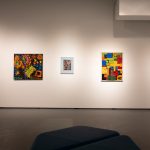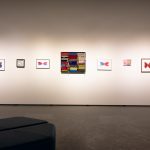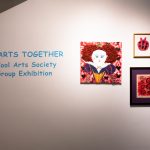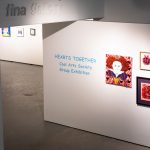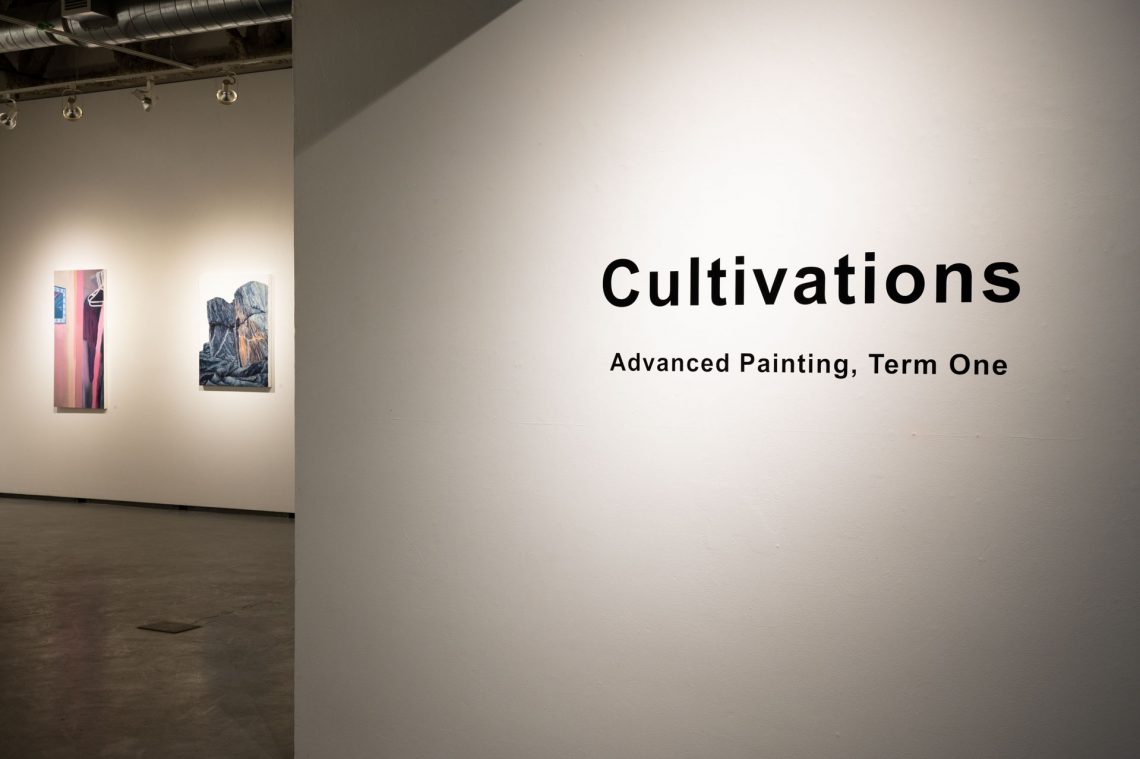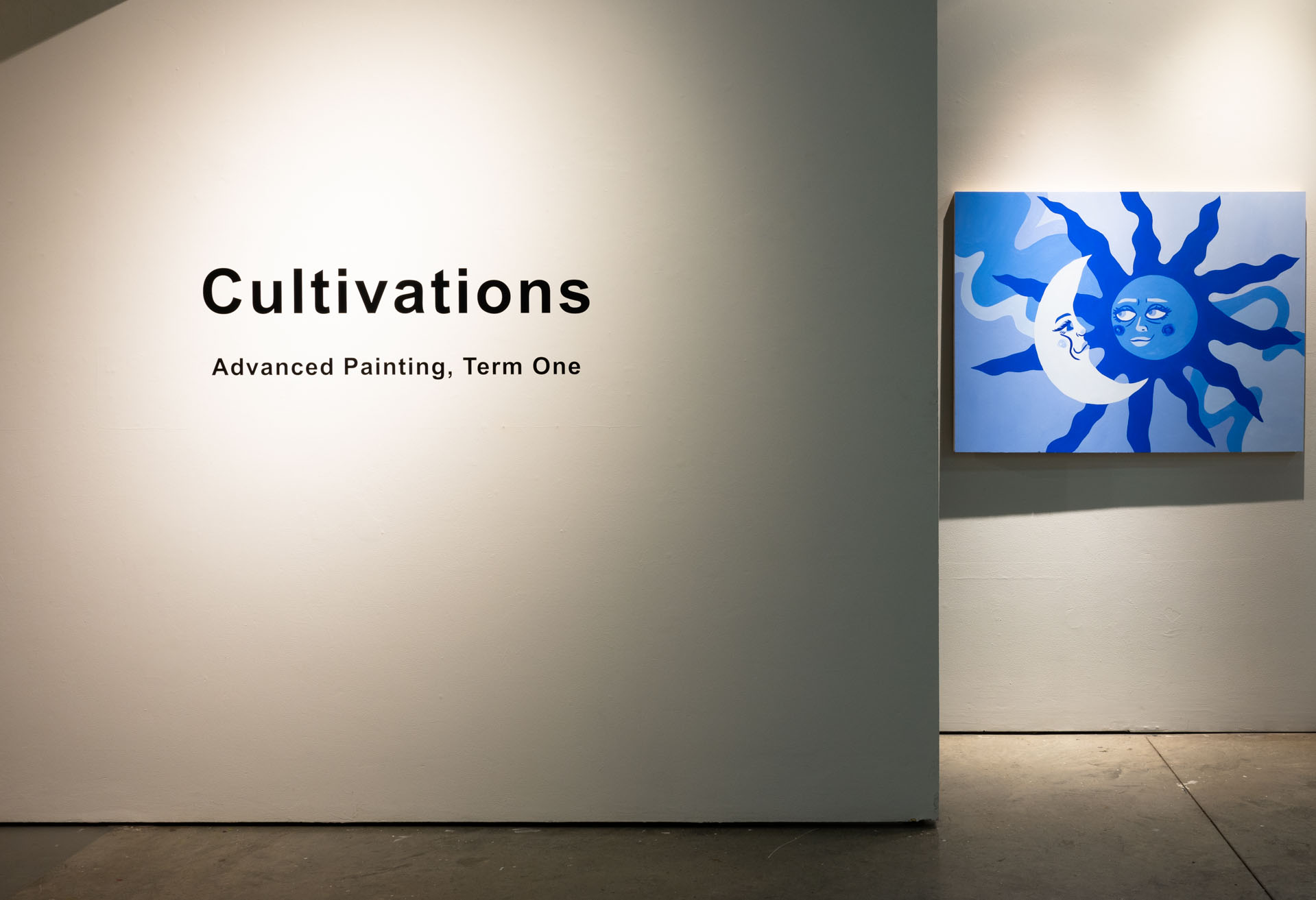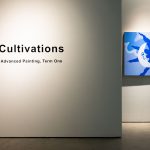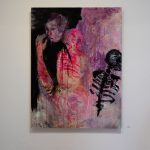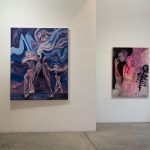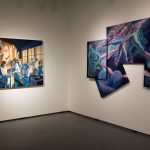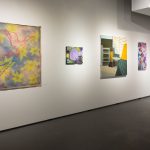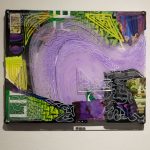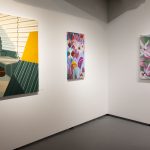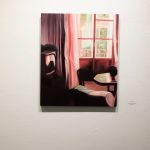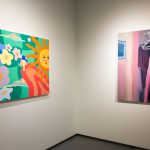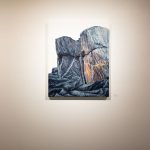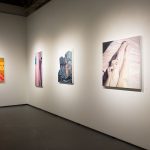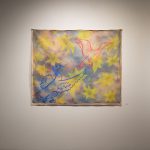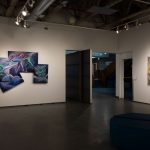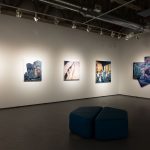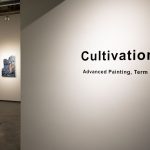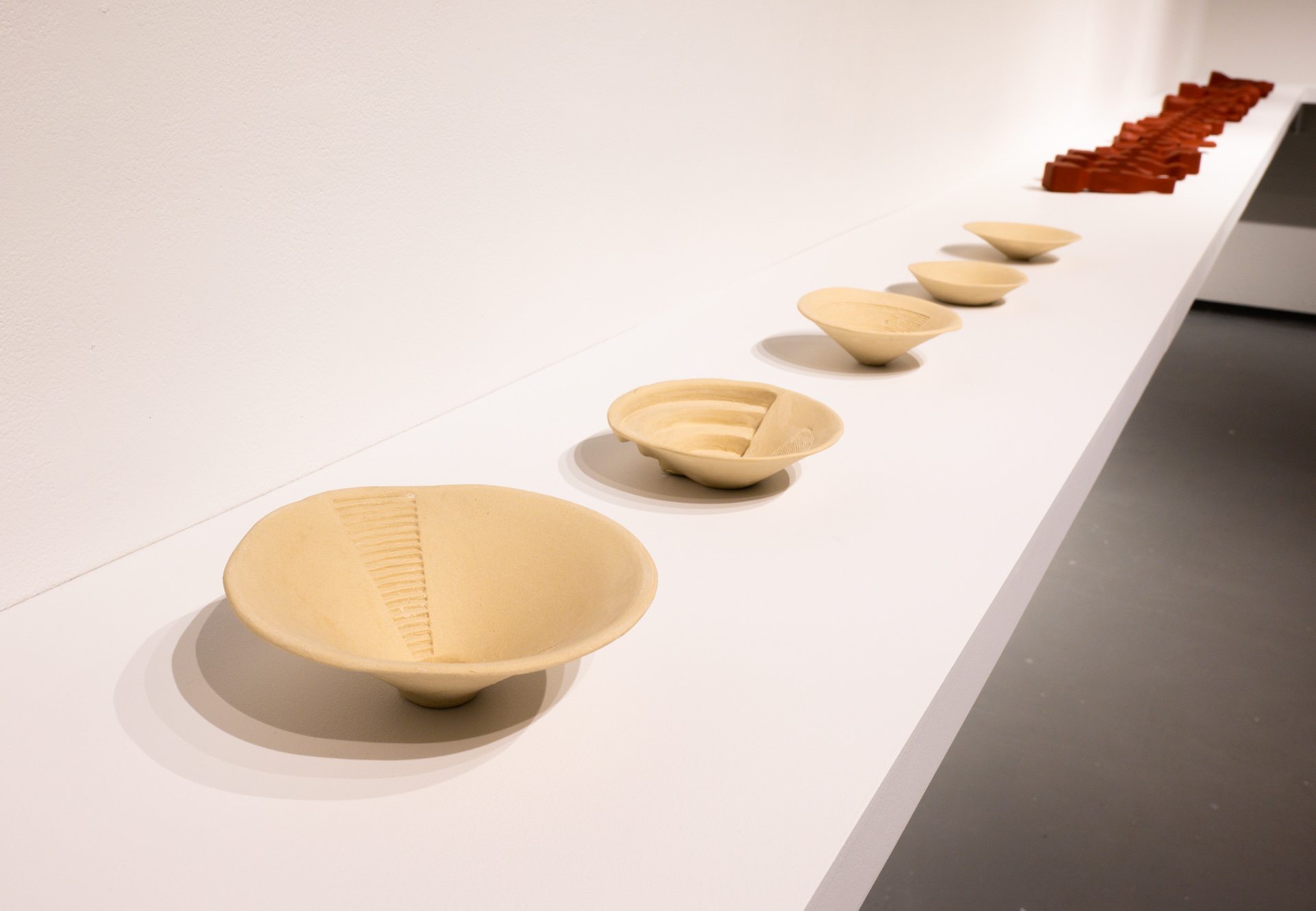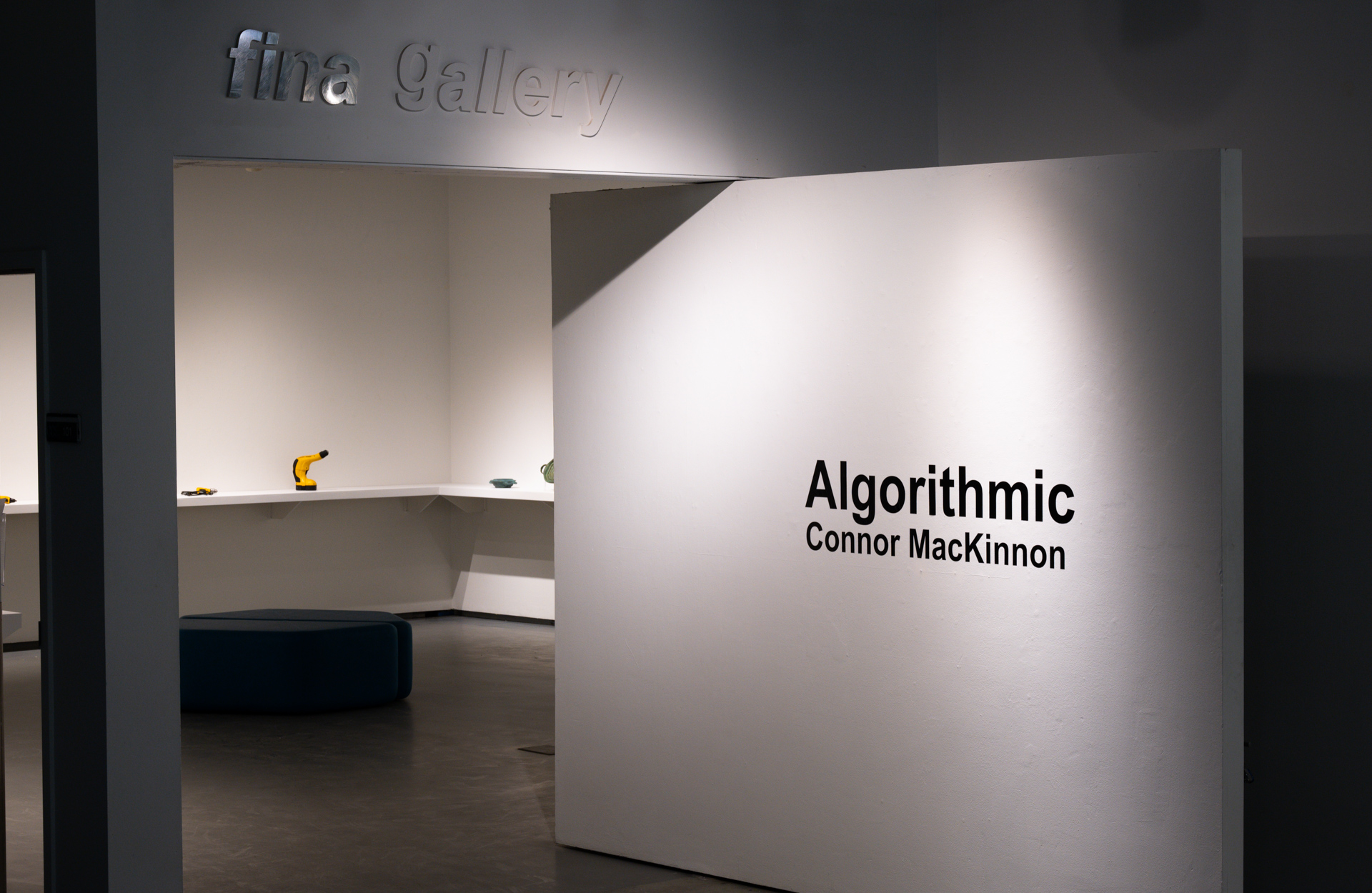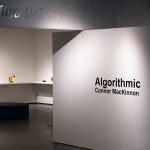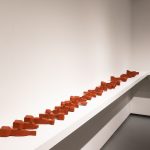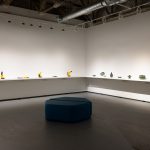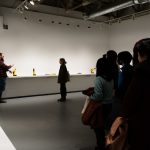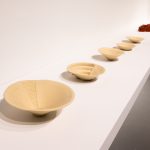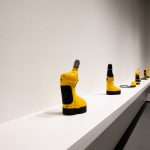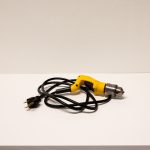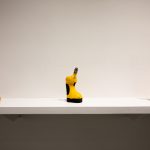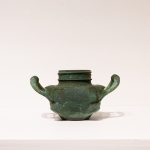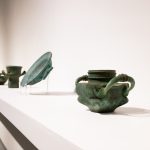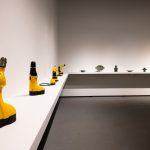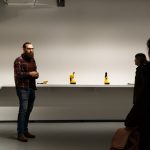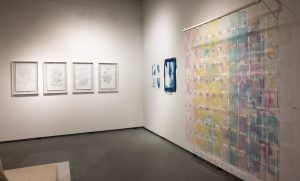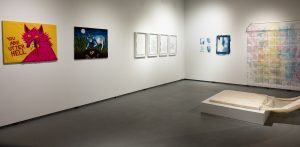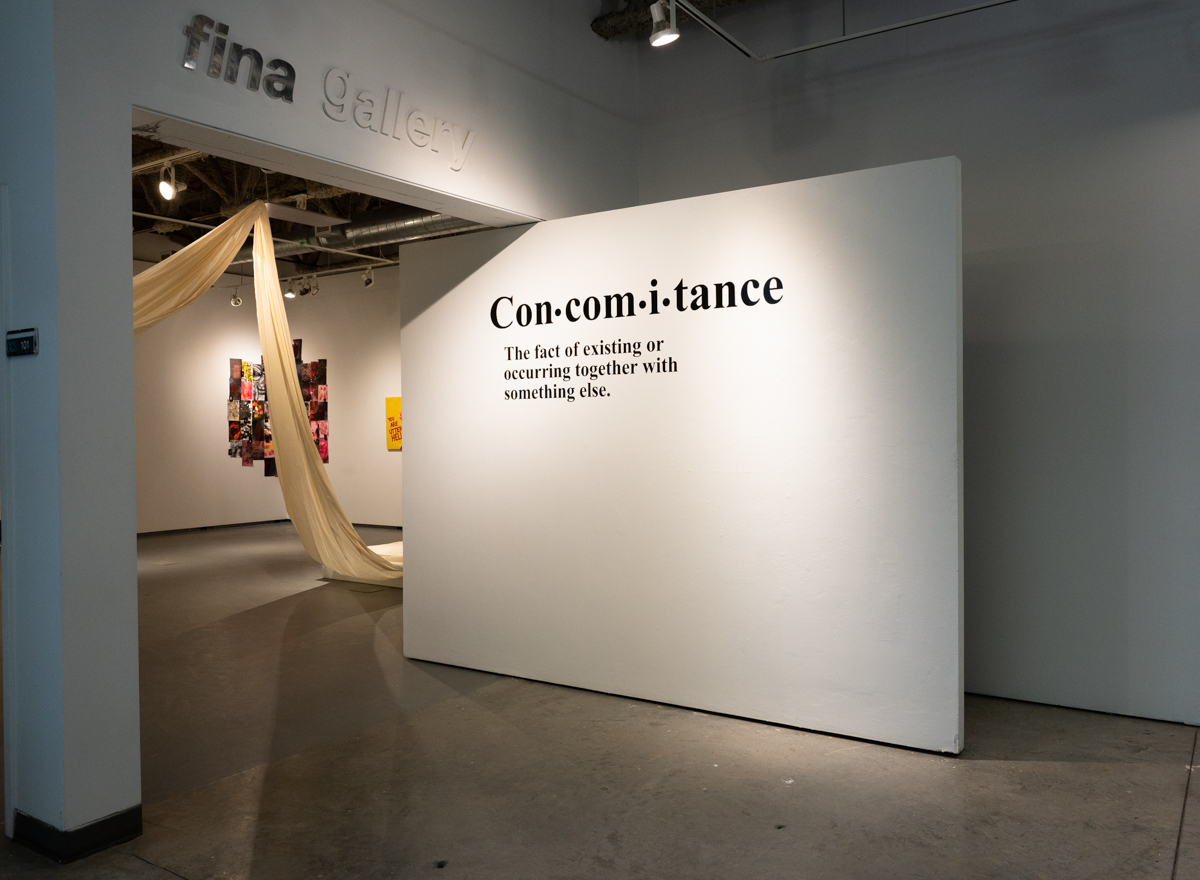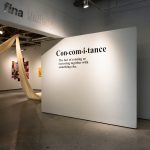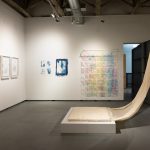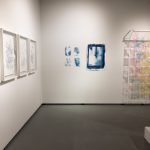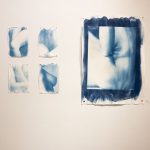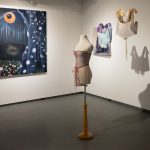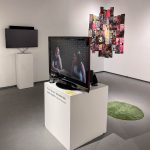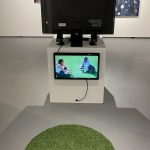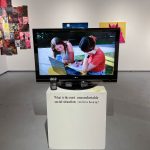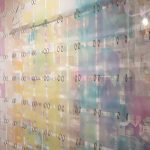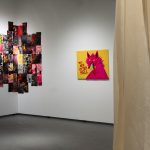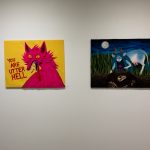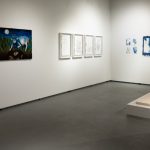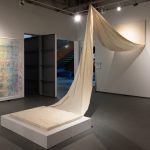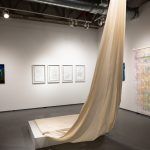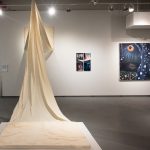UBCO MFA Exhibition held at the Lake Country Art Gallery.
Zoorkhaneh
The work I’m doing is actively confronting and exploring the social instability and how it relates to the ways Iranian women fight for their rights. One response of this confrontation is through my recreation of a zoorkhaneh within the gallery space. A zoorkhaneh is a traditional gym that only men are allowed to enter and participate in, and whose name translates to House of Strength. There is an old belief that women are not purified enough to enter these sacred places, and that the inherent corruption of womanhood makes them undeserving of titles like ‘hero’ or ‘champion’. By recreating a zoorkhaneh in a gallery space, I control and arrange, populated with the reimagined tools that define a new sort of zoorkhaneh.
In creating a zoorkhaneh in the gallery space, I challenged the exclusionary practices in zoorkhanehs by creating alternative space where people regardless of their gender can gather and engage in activities that are traditionally associated with these places. This project involves installation, video and photo performances that invite people who enter this environment to explore the cultural significance of these space, work out with the wooden tools and challenge patriarchal norms and values. By the space of zoorkhaneh, I want to challenge dominant narratives and create a more diverse and inclusive cultural landscape.
The entrance to the Zurkhaneh building is very low that passers-by have to bend over. This is a sign of humility and respect. This act serves as a powerful symbol of the values and beliefs embodied by the zoorkhaneh. In this show I created a short entrance that requires the audience to bend over and enter the zoorkhaneh space. The short entrance serves as a symbol of the egalitarian attitude applied to a specific category of citizens (men). By requiring all individuals, regardless of their status or position in society, to bow down in order to enter the space, the zoorkhaneh reinforces the idea that everyone is equal and should be treated with respect and dignity. In this show the entrance to the space serves as a threshold between the external world and the internal space. It is a point of transition, where individuals leave behind the chaos and distractions of the outside world and enter a space of intentionality and focus.
I utilized sugar to recreate the tools which are originally wooden. I sought to challenge the traditional masculinity in zoorkhaneh often associated with wooden tools by using sugar as a medium. This choice redefines what it means to be strong and powerful by subverting the idea that power can only be represented in a certain way (here certain material). I aimed to question and reflected on societal constructs of gender roles and expectations in a patriarchal system. As the sugar sculptures are much heavier than their wooden counterpart, they represent what it means to be powerful without succumbing to constricting societal standards.
Nasim Pirhadi
Meel: One of the tools used in zoorkhaneh is the Meel which at some point is the symbol of zoorkhaneh. The Meel is big chunk of hard wooden conical-shaped tool. It features a handle at one end.
Meel Greiftan (club exercise)
Working with the Meels is perhaps the most difficult part of the whole session. In fact, these devices are comparatively heavy and difficult to control, especially in motion during the Meel exercises. In addition, this exercise bout is slightly longer than the rest of the session. The procedure for starting this exercise is exactly identical to one of the push-up exercises; You can pick up the Meels and regain their places in the same order. In this exercise, you turn the Meels around your shoulders alternately and in a balance, continuous and circular fashion.
Sang
Is a rectangular piece of hard wood that has some similarities with the ancient shields used to ward off blows or missiles. The side of the rectangular that is moved near the floor throughout the exercise is gently arched. There is a hole at the central part of each Sang with a bar across it that is used as a hand grip. Around this opening is covered by a soft material to protect the hand. Sangs are used for weight training and one pair of them is necessary for the exercise.
Sang Greiftan (weight exercise): To do this exercise you can lie on your back on the floor with your legs straight (or crossed)
Push-up Board
“Takhteh-Shena: Is a plank of about 75 x 8 x 2 cm. It stands on two short lateral pedestals, each about 5cm. high and shoulder-width apart. The Takhteh-Shena is used for the different types of push up exercises particular to Varzesh-e-Bastani.
Curator Essay
It has been approximately a year since I first met Nasim Pirhadi and Heraa Kahn, two talented artists immersed in the early stages of their MFA Program. Over time, I witnessed their artistic processes unfold, filled with inquiries, contemplations, and extensive research, gradually shaping their works into remarkable presentations.
For this year’s UBCO MFA Exhibition, the Lake Country Art Gallery has been divided into two distinct exhibition spaces. The first space showcases Heraa Kahn’s collection of miniature paintings, delicately arranged on the gallery walls, gently illuminated to highlight each individual piece. Through these paintings, Kahn invites viewers into a contemplative journey exploring themes of the natural world, human interactions, and the ensuing climate crisis. The exhibition, titled ‘I Died as a Mineral,’ draws inspiration from Rumi’s poem of the same name, perhaps symbolizing the cycle of life and incorporating materials that mirror this connection. Kahn’s intricate paintings serve as cautionary tales, offering viewers profound insights, meanings, and interpretations of Rumi’s poem.
While standing amidst Kahn’s exhibition, one’s attention is drawn to a small archway that leads to another space at the rear of the gallery. Passing through, visitors enter Nasim Pirhadi’s installation titled ‘Zoorkhaneh,’ which translates to ‘House of Strength’—a traditional gymnasium for men. Pirhadi has ingeniously transformed the room into an immersive installation, combining video, photography, sounds, scents, and exercise-related objects. The air is filled with the sweet fragrance of sugar and rose water. Traditionally reserved for men, the wooden equipment within the space is now open to all, as Pirhadi invites diverse participation in this exhibition. Notably, Pirhadi has recreated the apparatuses using sugar, imbuing the piece with a sense of heightened weight and transparency—an innovative reinterpretation of traditional beliefs and values concerning women’s rights, human rights, and societal roles.
For five days, I observed Heraa Kahn and Nasim Pirhadi meticulously navigate the gallery space, constructing walls, selecting paint colours, contemplating support structures, lighting arrangements, soundscapes, and strategic placement of their works. Every decision was made with utmost care, thoughtfulness, and thorough consideration, leaving no aspect to chance. Their unwavering commitment and hard work was admirable.
In these tumultuous times we find ourselves in, these exhibitions hold tremendous significance, encouraging us to stay informed about global affairs. The gallery has produced two exhibition catalogues, one for each artist, to showcase their thesis works. The presence of Heraa Kahn and Nasim Pirhadi’s art within the Lake Country Art Gallery is a true privilege for us—the gallery, the Lake Country community, and all those who have the opportunity to engage with their remarkable work.
Wanda Lock
Curator, Lake Country Art Gallery

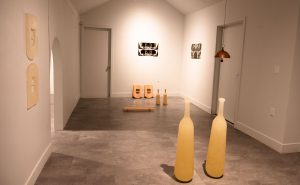
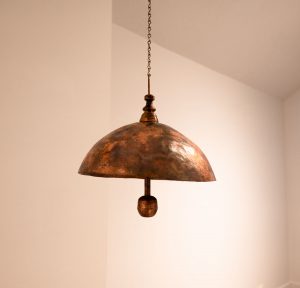

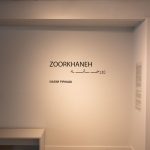
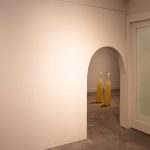
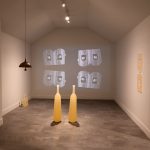
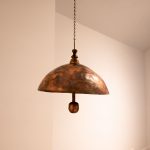
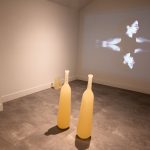
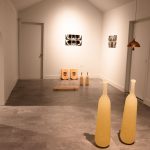
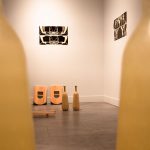
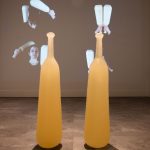
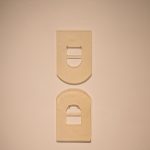
 Follow
Follow
